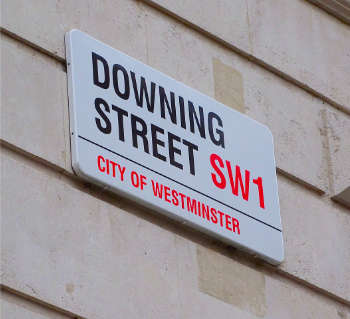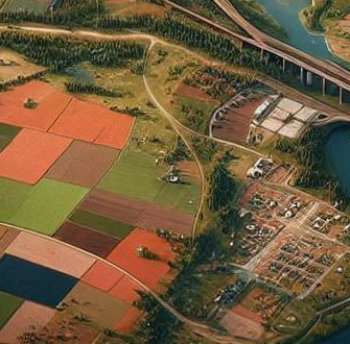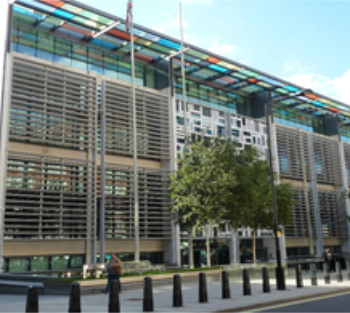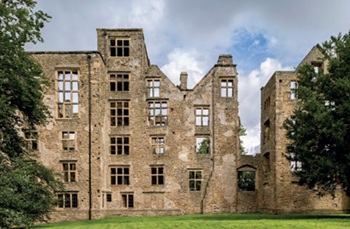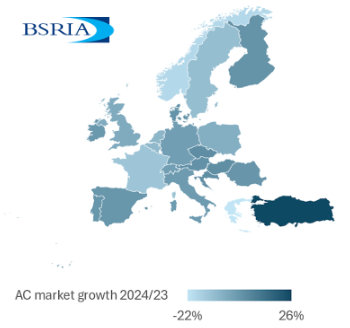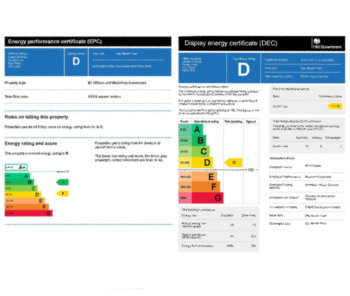Biosphere

|
The biosphere (biospheric) is a broad term that describes living organisms and their environment. It is often used as one of the four elements that describe the earth:
- Lithosphere.
- Biosphere.
- Hydrosphere.
- Atmosphere.
It has similarities with the term ecosphere which describes the global ecosystem and is the portion of the atmosphere in which it is possible to breathe naturally.
Biosphere is also often used to describe buildings that attempt to mimic the Earth's own systems by creating closed units that can be scientifically studied. These are more formally referred to biodomes which describes the typical building shape rather than the ecological system within it.
The first of such artificial systems to be built was the Biosphere 2, named as such acknowledging the Earth as Biosphere 1. It was built to investigate how Earth's ecological systems might be developed to function on other planets.
See also Biodome.
Somewhat confusingly the term biosphere is also used to describe designated open areas of land that are of significant ecological interest, where sustainable development balances conservation and people's lives (the conservation of biodiversity that includes human intervention and socio-economic activity). These are more formally called UNESCO Biosphere Reserves of which there are currently 714 areas worldwide (2022). There are some similarities to these and geoparks, although biosphere includes the total range of biotic and abiotic features whilst geoparks focus on the abiotc characteristics of a place. Bioparks, although significantly smaller in scale are more akin to the principles set out in biosperes.
Biomes is the more formal name for a community of vegetation and wildlife which has adapted to a specific climate, as such biosphere (human-made and natural) can have a number of different biomes, as can be seen with the Eden Project in the United Kingdom.
NB AR5 Climate Change 2014: Impacts, Adaptation, and Vulnerability, Glossary, published by the Intergovernmental Panel on Climate Change (IPCC) defines the biosphere as: The part of the Earth system comprising all ecosystems and living organisms, in the atmosphere, on land (terrestrial biosphere), or in the oceans (marine biosphere), including derived dead organic matter, such as litter, soil organic matter, and oceanic detritus.’
[edit] Related articles on Designing Buildings
Featured articles and news
Shortage of high-quality data threatening the AI boom
And other fundamental issues highlighted by the Open Data Institute.
Data centres top the list of growth opportunities
In robust, yet heterogenous world BACS market.
Increased funding for BSR announced
Within plans for next generation of new towns.
New Towns Taskforce interim policy statement
With initial reactions to the 6 month policy update.
Heritage, industry and slavery
Interpretation must tell the story accurately.
PM announces Building safety and fire move to MHCLG
Following recommendations of the Grenfell Inquiry report.
Conserving the ruins of a great Elizabethan country house.
BSRIA European air conditioning market update 2024
Highs, lows and discrepancy rates in the annual demand.
50 years celebrating the ECA Apprenticeship Awards
As SMEs say the 10 years of the Apprenticeship Levy has failed them.
Nominations sought for CIOB awards
Celebrating construction excellence in Ireland and Northern Ireland.
EPC consultation in context: NCM, SAP, SBEM and HEM
One week to respond to the consultation on reforms to the Energy Performance of Buildings framework.
CIAT Celebrates 60 years of Architectural Technology
Find out more #CIAT60 social media takeover.
The BPF urges Chancellor for additional BSR resources
To remove barriers and bottlenecks which delay projects.
Flexibility over requirements to boost apprentice numbers
English, maths and minimumun duration requirements reduced for a 10,000 gain.
A long term view on European heating markets
BSRIA HVAC 2032 Study.
Humidity resilience strategies for home design
Frequency of extreme humidity events is increasing.
National Apprenticeship Week 2025
Skills for life : 10-16 February









